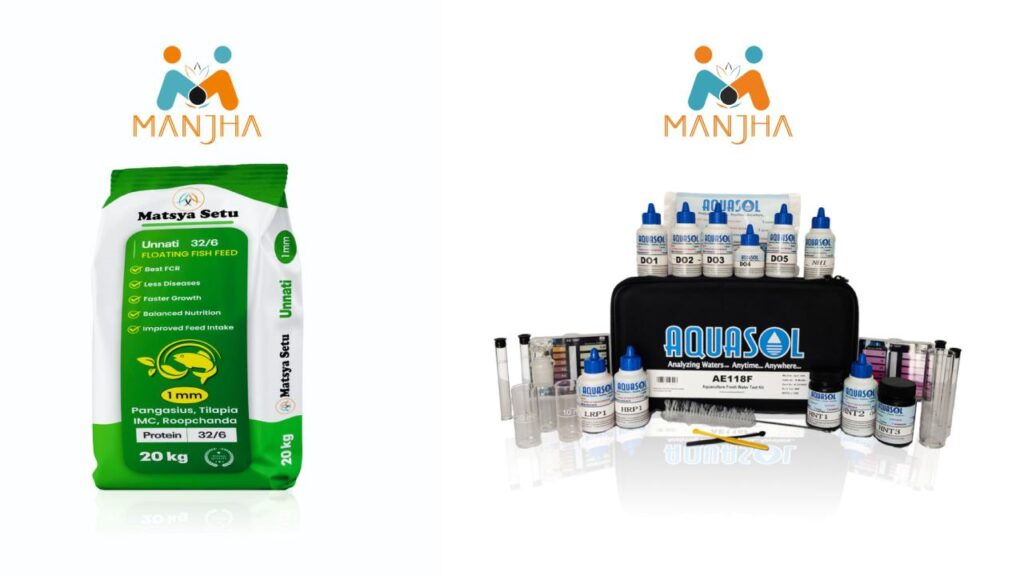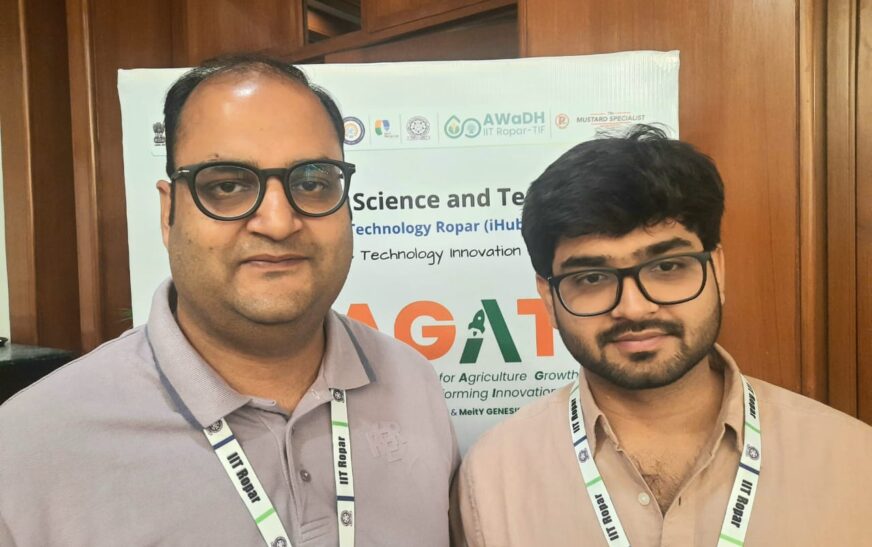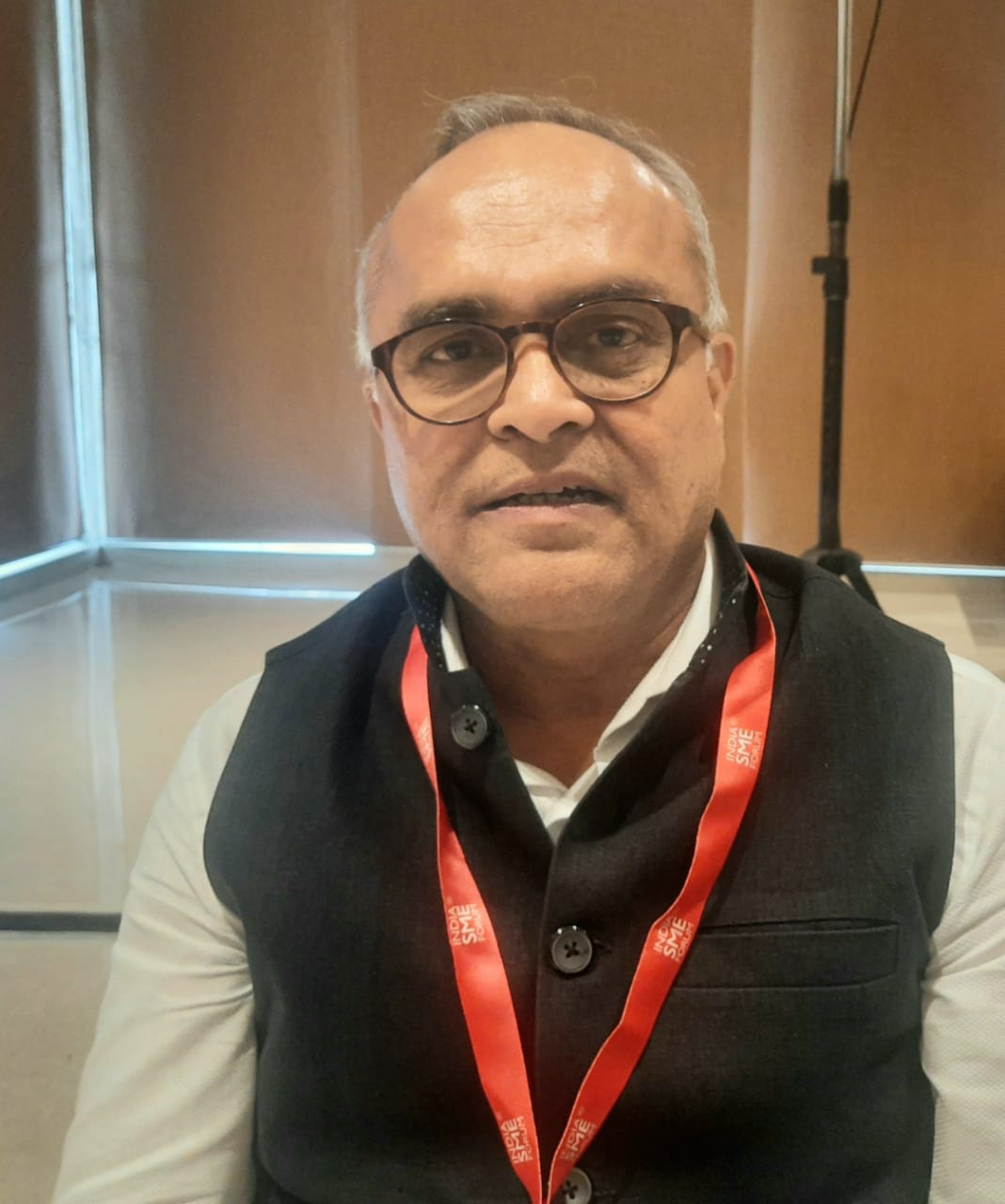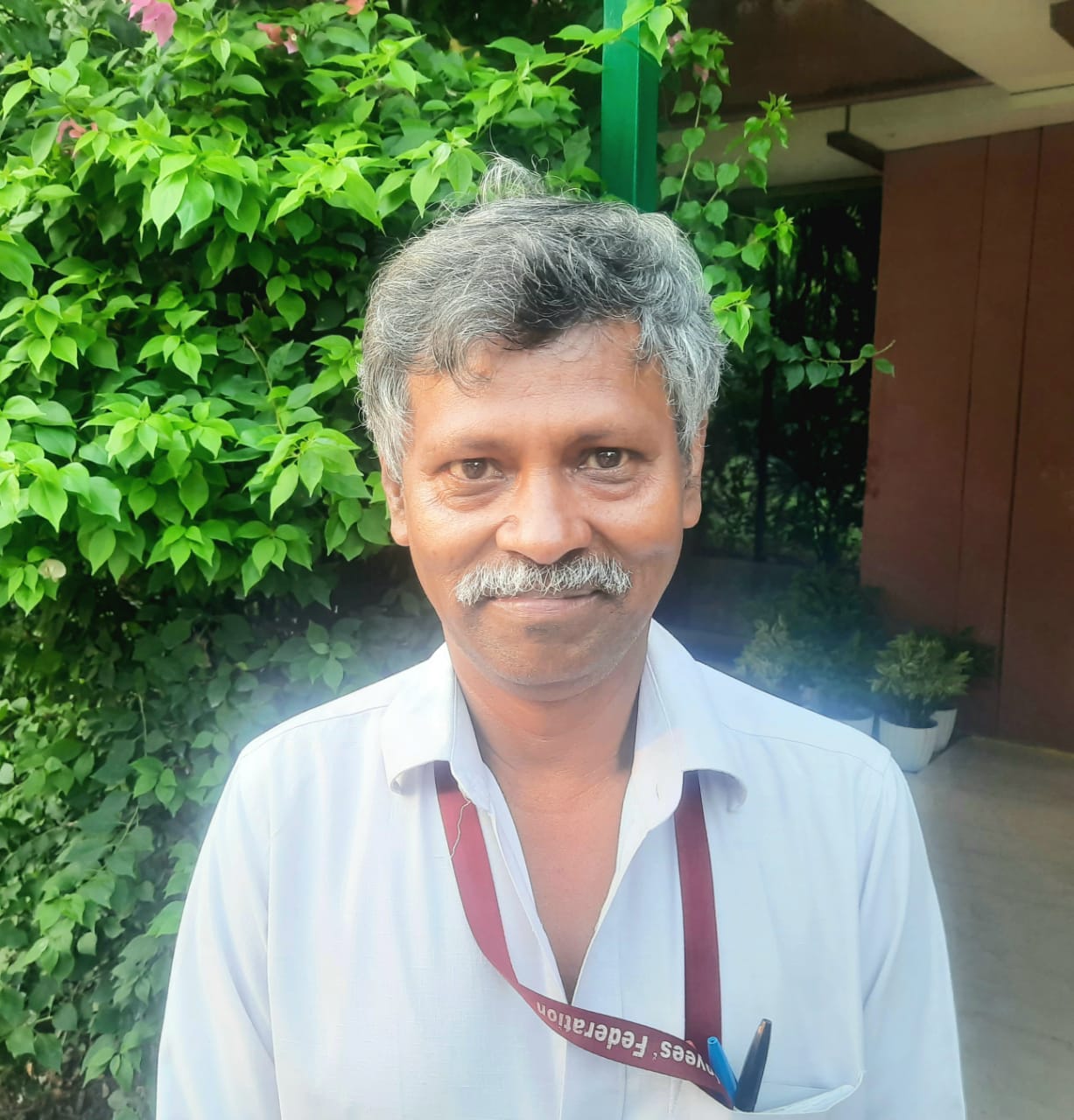Manjha Technologies is revolutionizing aquaculture in India with its cutting-edge, full-stack digital platform. Focused on modernizing traditional fish farming, the company empowers over 15,000 farmers nationwide. It helps them increase productivity, ensure sustainability, and achieve stronger market returns.
At the core of Manjha’s model lies an integrated solution that blends high-quality aqua inputs, expert farm consultancy, and strategic market linkages. The platform simplifies access to a curated range of essential products and services. Farmers can map fish seed availability in real time, purchase directly from verified hatcheries and seed suppliers, and receive premium fish and shrimp feed, health supplements, testing kits, and equipment—delivered both online and offline. Manjha collaborates with more than 15 trusted brands to ensure consistent quality and supply.
Yet, Manjha goes beyond just streamlining the supply chain. It actively invests in capacity building and knowledge dissemination. Through an ever-evolving library of blogs and video content, farmers gain access to expert advice and proven best practices. Its consultancy services equip farmers with the tools to make informed, profitable decisions.
A defining pillar of Manjha’s ecosystem is “Matsya Charcha”—a dynamic social learning initiative. This peer-driven community fosters collaboration, shared learning, and real-time problem-solving among aquaculture practitioners. It exemplifies Manjha’s mission to create a connected, empowered, and informed farming network.
By fusing traditional aquaculture wisdom with modern technology, Manjha Technologies is reshaping the future of fish farming in India—one farm at a time.
In an exclusive interaction with The Interview World at the PRAGATI Founders Forum 2025, hosted by iHub-AWaDH at IIT Ropar, Shobhit Aggarwal, Founder, and Divyam Goyal, Co-founder of Manjha Technologies, shed light on their core offerings, underline the vast potential of India’s aquaculture sector, emphasize the role of government support, and outline their ambitious growth roadmap.
Here are the most compelling insights from that conversation.
Q: Can you walk us through the core solutions that Manjha Technologies brings to the aquaculture sector?
A: We are transforming the aquaculture landscape across northern India through Manjha, our digital platform designed to empower farmers. Currently, we support fish farmers across six key states—Haryana, Punjab, Rajasthan, Uttar Pradesh, Bihar, and Uttarakhand.
First, we simplify the procurement process by enabling farmers to order high-quality aquaculture inputs online. This ensures timely access to critical supplies and eliminates middlemen.
Second, we offer expert farm consultancy services. These insights help farmers optimize yields, reduce mortality rates, and prevent disease outbreaks—boosting both productivity and profitability.
Finally, we facilitate transparent market linkages by helping farmers sell their harvests at fair, competitive prices. This end-to-end support fosters economic stability and drives sustainable growth.
In short, Manjha isn’t just a platform—it’s a catalyst for transformation in India’s aquaculture sector.
Q: Do you support farmers through a dedicated marketplace platform, or do you follow a different model to connect them with buyers and resources?
A: No, Manjha is not a conventional marketplace. However, we’ve built a dedicated marketplace specifically for fish seed. When it comes to other critical inputs—such as fish feed, health supplements, and testing kits—we operate as a strategic trading partner rather than a passive listing platform.
We also manufacture these products ourselves. In partnership with the Indian Council of Agricultural Research (ICAR), we produce high-quality fish feed tailored to regional needs. Our logistics network ensures direct doorstep delivery to farmers—efficient, reliable, and timely.
Last year alone, we supplied over 2,200 metric tons of fish and shrimp feed to farmers across northern India.
What truly sets us apart is the significant cost advantage we offer. Our feed helps farmers reduce input costs by nearly ₹1 lakh per acre per year. Traditionally, most fish feed comes from Andhra Pradesh, adding ₹6–7 per kg in transportation expenses. Even when sourcing locally, farmers often incur fuel and logistics costs.
By streamlining the supply chain and manufacturing closer to the point of use, Manjha delivers affordable, high-quality inputs—right where they’re needed. This cost efficiency not only improves farm economics but also enhances accessibility and sustainability in the aquaculture sector.
Q: How do you assess the growth potential of the aquaculture industry?
A: When we examine traditional agriculture, it’s clear that we must explore alternative solutions to feed the world’s growing population. Aquaculture emerges as a powerful answer—offering high-quality protein at a sustainable and affordable price.
Moreover, states like Haryana, Uttar Pradesh, and Bihar—blessed with abundant river networks and plentiful water resources—hold immense untapped potential for aquaculture expansion.
Notably, over the past five to six years, these regions have witnessed exponential growth in aquaculture practices, signalling a transformative shift in how we approach food security and sustainable farming in India.
Q: What kind of government support or policy interventions do you believe are necessary to make aquaculture more profitable and sustainable for stakeholders?
A: The government has played a pivotal role in advancing the aquaculture sector. In 2020, it launched the Pradhan Mantri Matsya Sampada Yojana (PMMSY)—a landmark initiative set to run until 2025. Under this scheme, the government committed ₹20,000 crore in the form of loans and subsidies to support fish farmers.
To put this into perspective, over the past 60–65 years, total government investment in fisheries stood at only ₹14,000 crore. In contrast, the Modi government infused ₹20,000 crore in just five years, marking an unprecedented push for sectoral growth.
Building on this momentum, the government has recently introduced another major program—the Pradhan Mantri Matsya Sahay Yojana, which will inject an additional ₹18,000 crore into the ecosystem. These initiatives reflect a strong commitment to transforming aquaculture into a mainstream, high-potential industry.
However, capital infusion alone isn’t enough. We must now focus on educating, upskilling, and empowering farmers. This includes promoting the adoption of modern technologies, advanced nutritional practices, and sustainable farming techniques. When equipped with the right knowledge and tools, farmers can significantly improve their yields and profitability—creating a more resilient and future-ready aquaculture economy.
Q: Could you share your expansion roadmap?
A: We are rapidly expanding our footprint across northern India through a network of Village Level Entrepreneurs (VLEs). At present, we operate nine VLE centres in the region. Our goal is to scale this number to 40 centres within the next two to three years.
These VLEs serve a dual purpose. While they function as input supply hubs, they also act as local procurement points for the farmers’ final harvest. More importantly, they ensure that farmers receive transparent, fair-market pricing—bridging the gap between rural production and organized aquaculture trade.
Through this model, we aim to create a robust, decentralized ecosystem that empowers local entrepreneurs while strengthening the value chain for fish farmers.








